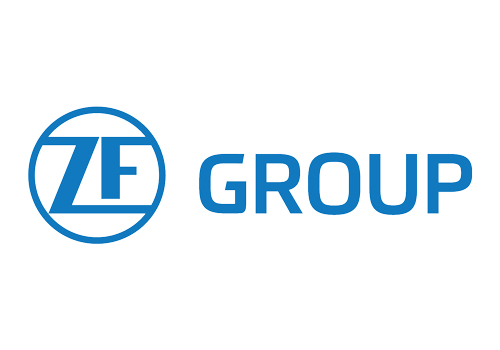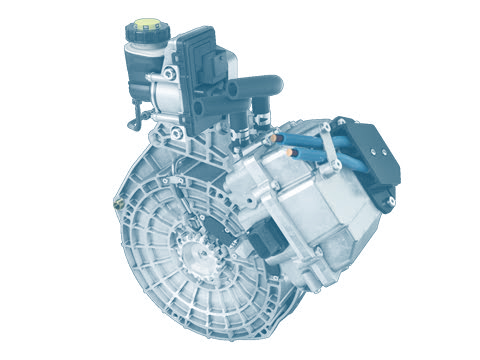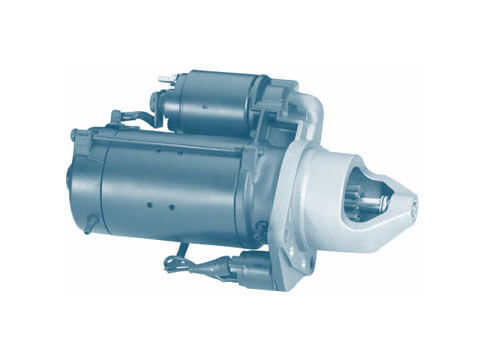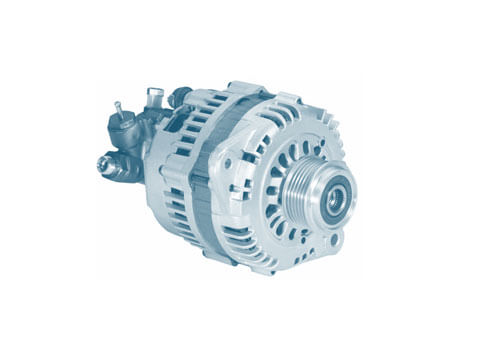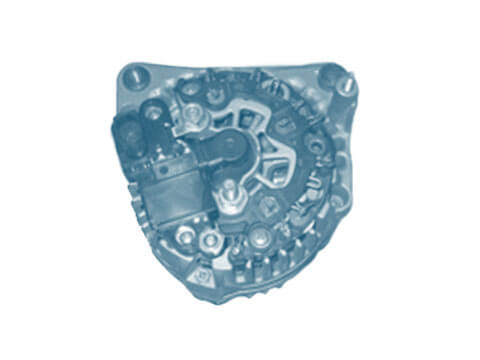eAxle
The eAxle is a solution for the electric drive of battery-electric vehicles and hybrid applications. eAxles combine individual components such as motor, axle and transmission into one unit.
Function
The eAxle combines components which are usually used individually into one element. Electric motor, transmission and power electronics are combined in one component here which drives the vehicle axles directly. In the process, the previous complexity of the drive is reduced and the drive train is made more cost effective, compact and efficient. Space is also saved by housing the motor, transmission, power electronics and axle together in one element. In comparison to conventional internal combustion engines, eAxles require around a third of the installation space. eAxles have a high level of overall efficiency. This is a result of the continual optimisation of the electric motor and power electronics, along with the reduction of interfaces and components, such as high-voltage cables, plugs and cooling components. The majority of eAxle solutions have a modular design and can be used in a varied manner. This enables a broad range of use for different vehicle types.
Functioning
The power electronics of the drive system convert the DC voltage of the battery into the AC voltage required by the electric motor. The electric motor, which converts electrical energy into mechanical energy, transfers the torque to the transmission. The transmission converts the speed of the electric motor to the level required at the drive shaft, and simultaneously boosts the motor torque.
E-axles with torque distribution
eAxle variants enable active torque distribution. In critical situations, the active distribution of torque enables tighter bend radii to be driven, and actively supports the driver with steering. The drive motor provides constant drive here. A much smaller electric motor drives a torque vectoring transmission, thereby actively turning the differential. This results in a lateral distribution of the torques adapted to the situation. The active torque distribution improves power transmission whilst driving on surfaces with different friction coefficients. It also supports the steering and has a positive effect on the driving dynamics, safety and driving comfort.
Protection of the environment
The compact design and low level of complexity of the e-drive make the drive train more cost effective and efficient. The higher level of system efficiency ensures a higher electric range, or alternatively a reduction in the required battery capacity.



